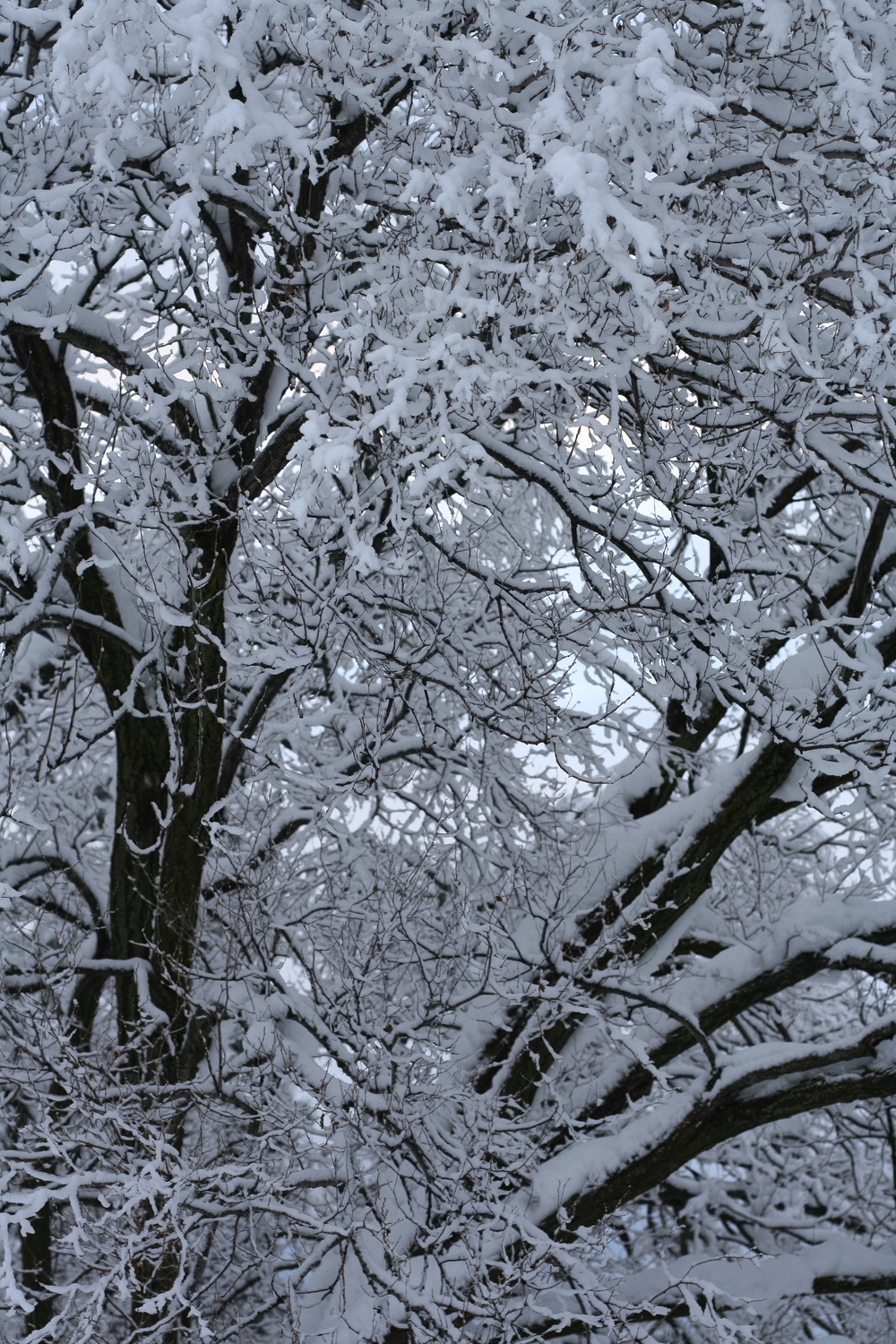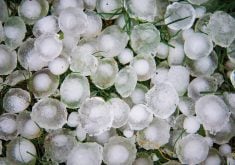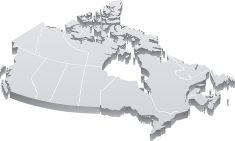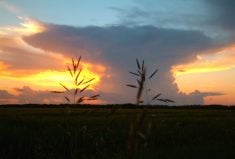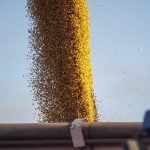The annual elm-pruning ban in Alberta has been lifted until March 31.
“It’s time to start taking the dead wood out of your elm trees,” said Janet Feddes-Calpas, executive director, Society to Prevent Dutch Elm Disease (STOPDED). “To help eliminate elm bark beetle habitat, elm sanitation is essential to an integrated Dutch elm disease (DED) prevention program to keep Alberta DED free.”
The only time it is legal to prune elms in Alberta is between Oct. 1 to March 31.
“This is when the elm bark beetles, responsible for spreading the deadly DED fungus, are not active,” said Feddes-Calpas. “Elm bark beetles feed on healthy elms and breed and overwinter in dead and dying elm trees. If elm trees are pruned between April 1 and Sept. 30, beetles will be drawn to the scent of the fresh pruning cuts, potentially infecting an otherwise healthy elm.”
Read Also
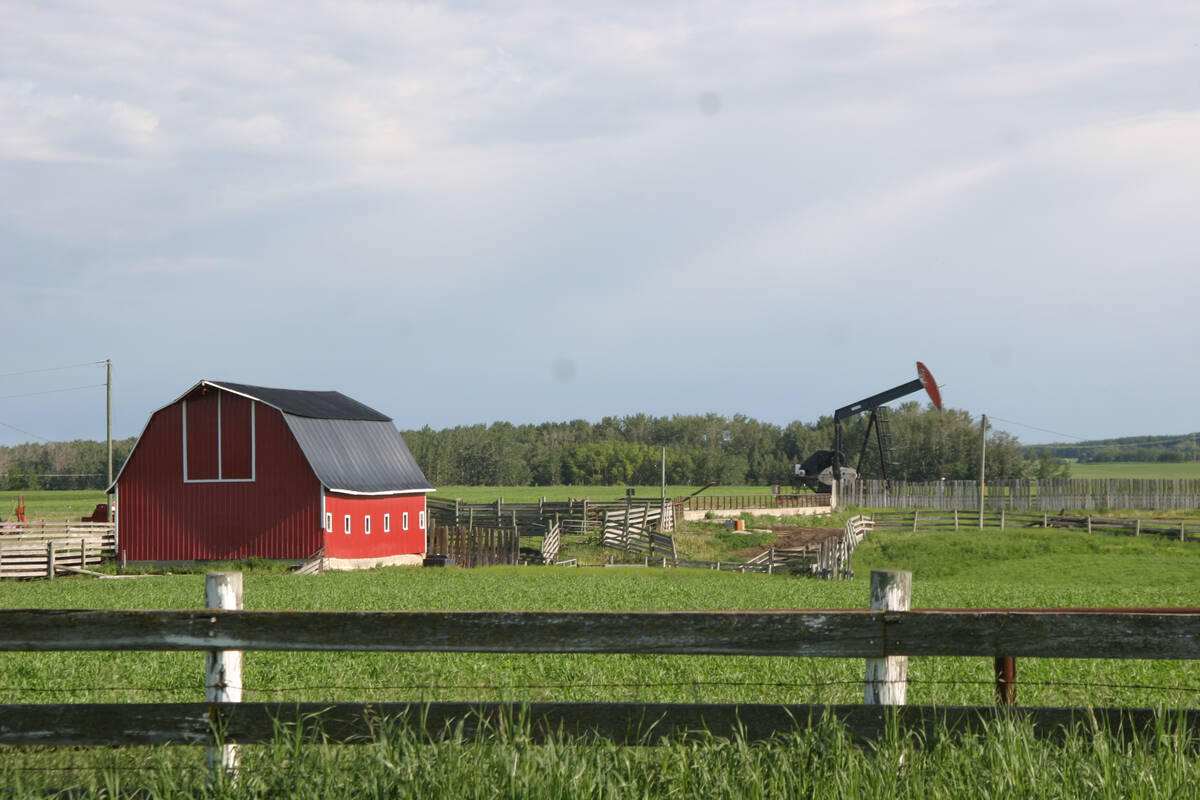
Recommendations in the mature assets strategy could cause potential problems for landholders
The Western Stock Growers’ Association urges producers to pay attention to the potential changes to Alberta’s Mature Assets Strategy.
Her organization recommends using a professional arborist to have your elms pruned properly, she said. Improper pruning, topping or removing an excessive amount of live wood is not recommended, as this weakens the tree’s structure and shortens its lifespan.
All pruned elm wood must be properly disposed of by burning, burying or chipping by March 31. It is illegal to store elm firewood since it can harbour elm bark beetles.
While Alberta is still free of DED, its borders are being pressed from two sides, Saskatchewan and Montana, both of which are battling the disease.
“Once an elm is infected with DED there is no cure and it must be removed and destroyed immediately,” said Feddes-Calpas.

